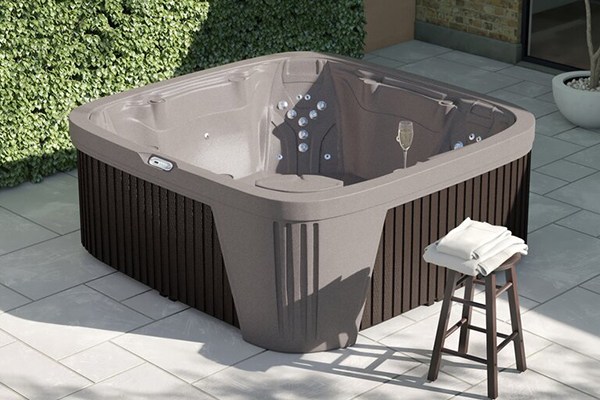

Note: It must also be said that heat and buoyancy are also key factors in hydrotherapy. This can lead to a somewhat underwhelming hydrotherapy experience. Since they rely on a smaller jet pump plug and play hot tubs have fewer jets and slightly less power than a traditional hot tub. Some plug and play hot tubs even lack basic features like acrylic shells, moulded seats and headrest pillows though this is done to keep their price low, rather than being a limitation of the technology. For example, most plug and play hot tubs don’t allow you to choose when the filtration system runs.

They also have less sophisticated control units that lack the options of a standard hot tub control system. Unlike standard hot tubs, you’re not able to add additional features to a plug and play hot tub. Some are also able to be equipped with additional features such as ozone / UV sanitization systems, waterfall pillows and wireless controls that can be accessed through an app on your phone. Standard hot tubs will typically have more lights, better control systems, and waterfalls. How Do Plug & Play Hot Tubs Compare To Standard 220V Hot Tubs? FeaturesĪs we just mentioned, plug and play hot tubs are typically much simpler than standard hot tubs. They’re also typically more “bare bones” in terms of lighting and other electrical components than a standard hot tub would be. To be able to operate at 110V, plug and play hot tubs are fitted with smaller pumps and heaters than their 220V counterparts. How Are Plug & Play Hot Tubs Able To Run At 110V?

This is opposed to a standard 220V hot tub that requires an electrician to come in and hard wire it to a 40-60 amp breaker. This means that they can be plugged right into a standard GFCI-protected outlet. Plug and play (sometimes written as Plug N Play) is an industry term used to describe hot tubs that can operate at 110V.


 0 kommentar(er)
0 kommentar(er)
